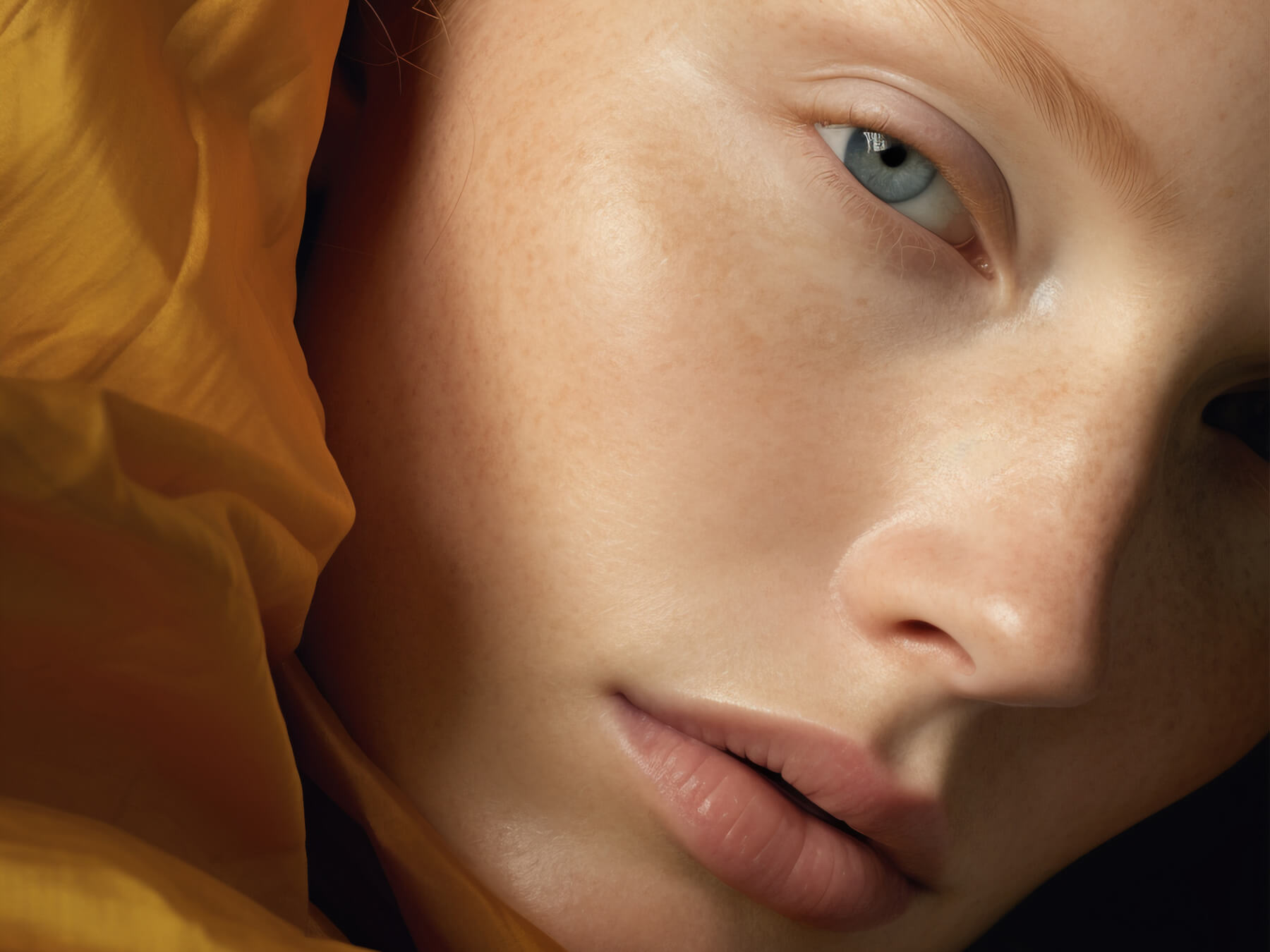© 2020-2025 Muza, All Rights Reserved
Model's Gaze
07 June 2024

The power of a model's gaze in photography cannot be overstated. It is a fundamental element that can shape the entire mood and message of a photograph, evoking emotions and creating a strong connection with the viewer. Whether it's a piercing stare, a subtle glance, or a playful twinkle in the eyes, the model's gaze has the ability to captivate and engage the audience, drawing them into the story being told by the image.
One of the most important aspects of the model's gaze is its authenticity. A genuine and natural gaze can convey sincerity, honesty, and vulnerability, making the model appear more relatable and approachable. On the other hand, a forced or artificial gaze can come across as insincere and detract from the overall impact of the photograph. It's essential for photographers to work closely with their models to capture genuine expressions and emotions that resonate with the viewer.
The direction of the model's gaze also plays a crucial role in shaping the composition of the photograph. A direct gaze into the camera lens can create a sense of intimacy and connection, as if the model is making eye contact with the viewer. This can be particularly effective in portrait photography, where the goal is to capture the personality and essence of the subject.
Alternatively, a model's gaze directed away from the camera can add an element of mystery and intrigue to the photograph. It invites the viewer to wonder what the model is thinking or looking at, encouraging them to engage more deeply with the image. This technique is often used in fashion and editorial photography to create a sense of narrative and storytelling.
The intensity of the model's gaze is another important factor to consider. A strong, focused gaze can convey confidence, determination, and strength, while a softer, more gentle gaze can evoke feelings of warmth, tenderness, and vulnerability. By adjusting the intensity of the model's gaze, photographers can tailor the mood and message of the photograph to suit their creative vision.
In addition to the intensity of the gaze, the expression in the model's eyes also plays a significant role in conveying emotion and mood. The eyes are often referred to as the windows to the soul, and they have the power to express a wide range of emotions, from joy and happiness to sadness and despair. By capturing the subtle nuances of expression in the model's eyes, photographers can create images that are not only visually striking but also emotionally resonant.
In conclusion, the model's gaze is a powerful tool in photography that can greatly enhance the impact and effectiveness of an image. By paying attention to the authenticity, direction, intensity, and expression of the gaze, photographers can create photographs that are both visually compelling and emotionally engaging, leaving a lasting impression on the viewer.